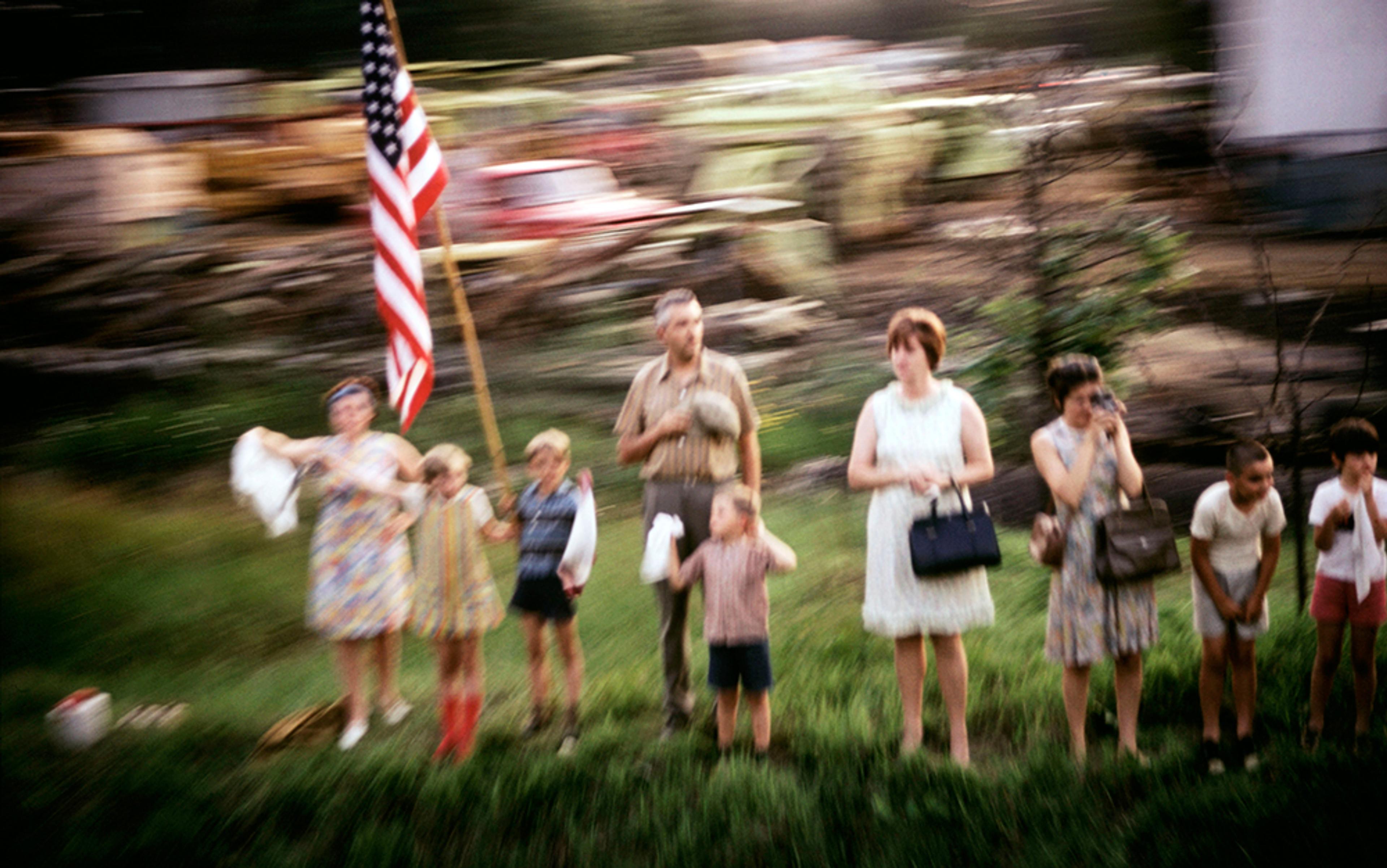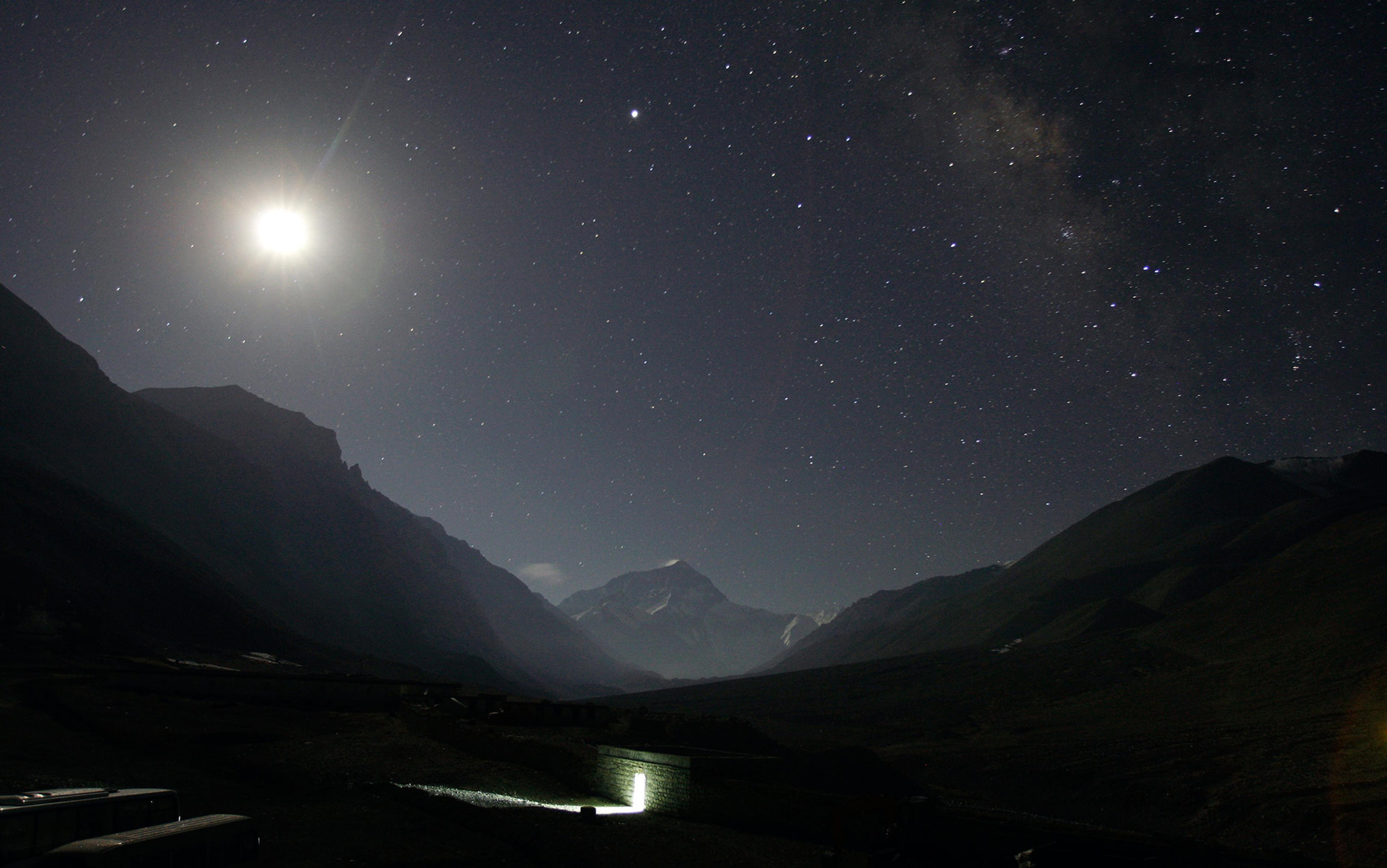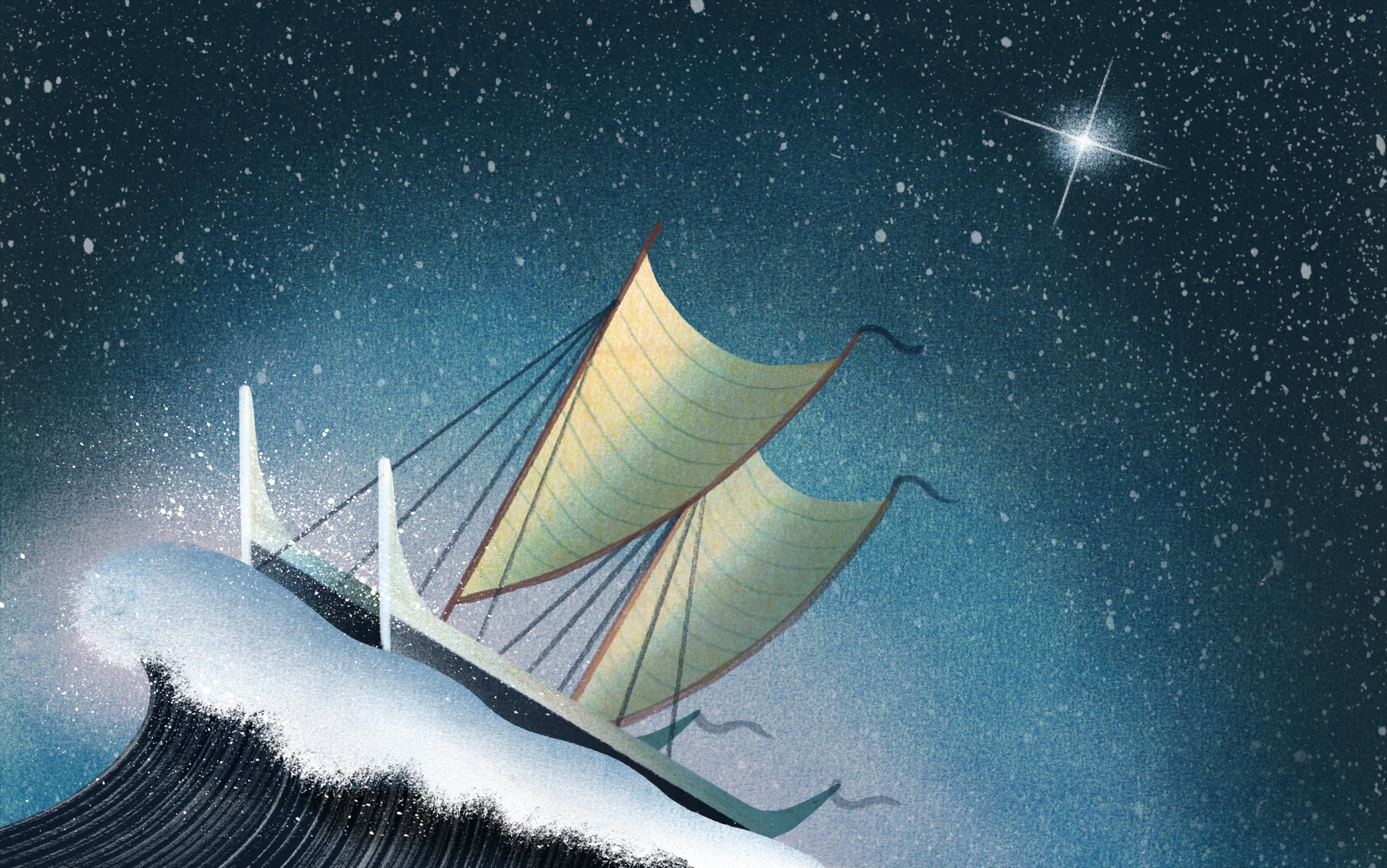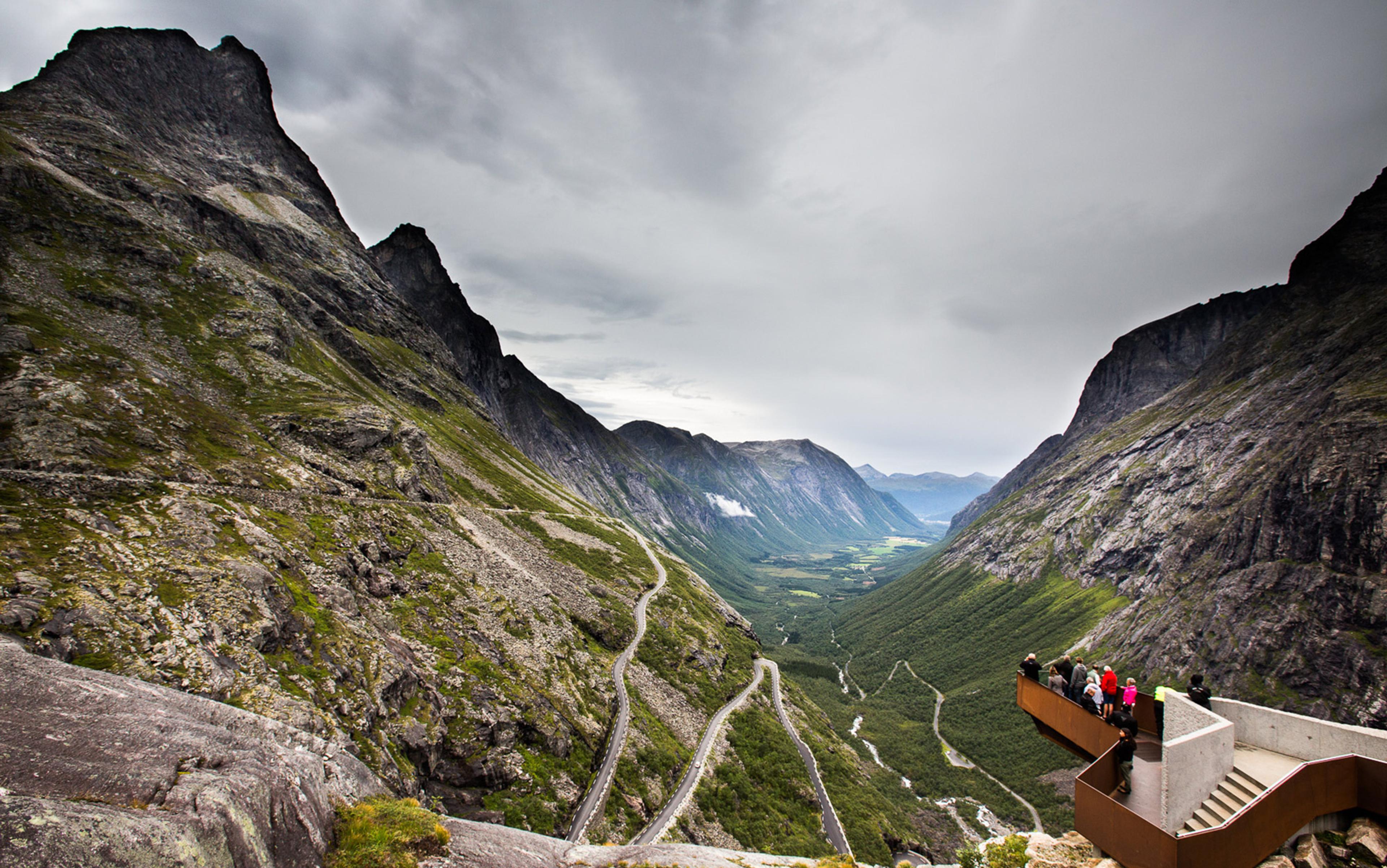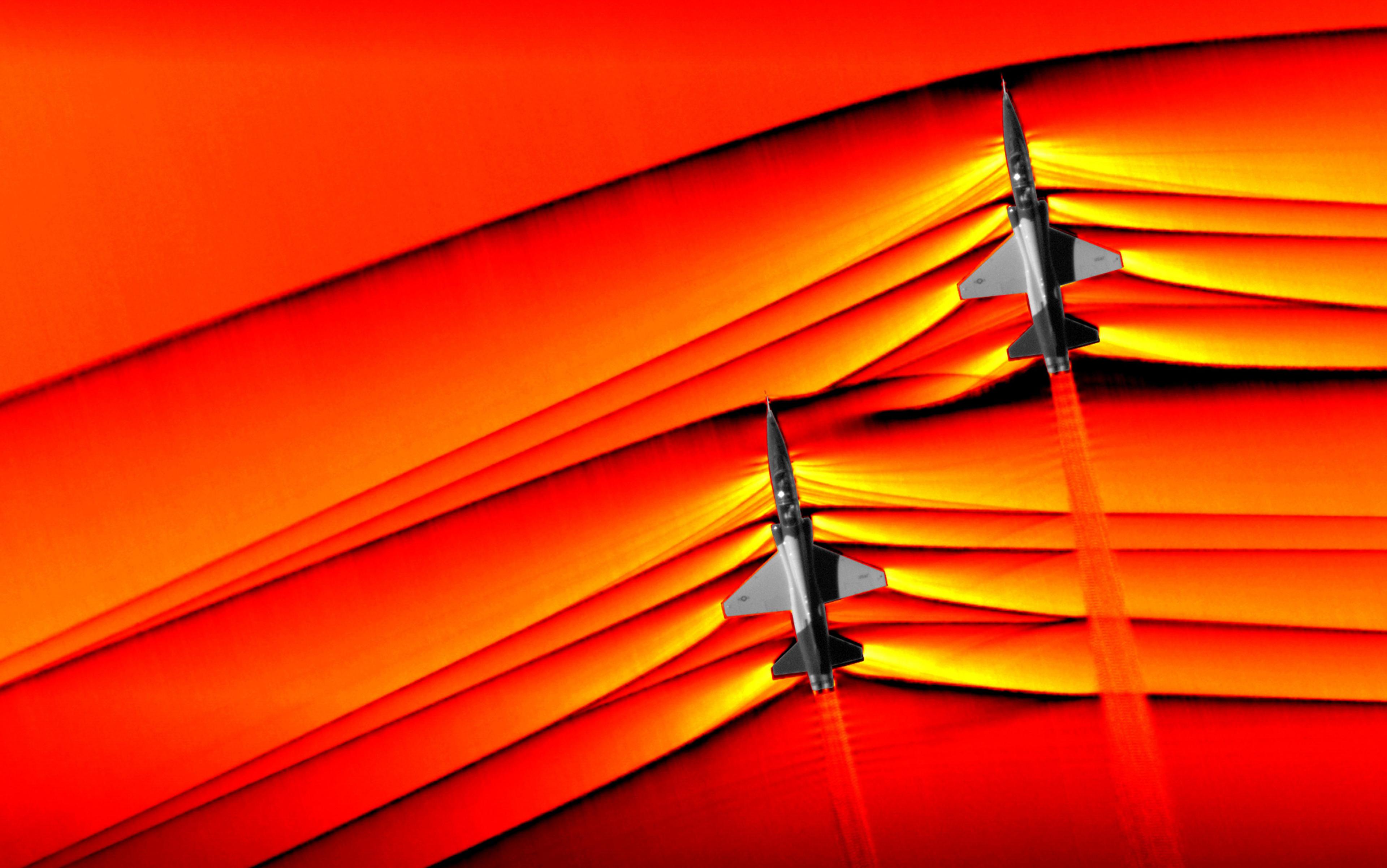‘What then is time? Provided that no one asks me, I know. If I want to explain it to an inquirer, I do not know.’
– from Confessions (397-400 CE) by Saint Augustine
‘Out of fear of dying, the art of storytelling was born.’
– from Mirrors: Stories of Almost Everyone (2009) by Eduardo Galeano
I have a memory, a vivid one, of watching my elderly grandfather wave goodbye to me from the steps of a hospital. This is almost certainly the memory of a dream. In my parent’s photo album of the time, we have snapshots of the extended family – aunts, uncles, and cousins who had all travelled to our upstate New York farm to celebrate my grandparents’ 50th wedding anniversary. I am in some of the photos along with my brother, a pair of small faces mingled with smiling giants. I remember the excitement of the evening, being sent off to bed but then staying up late at the top of the stairs, listening to the pleasant babble of adult voices. I have no memory of what happened later, but it did not involve a timely visit to the hospital. My father told me many years afterward that my grandfather took ill that night and was rushed to the emergency room, where he died on the operating table.
My memory of my grandfather’s farewell still provokes in me a longing for a world where a more lawful order holds, where connections with those we love are not bound by time and space. A central purpose of early science and philosophy was to satisfy such longings: to get off the wheel of time and life to which we are bound and to glimpse what the French-born writer George Steiner has called a ‘neighbouring eternity’. Our human sense of time is that we are bound by it, carried along by a flow from past to future that we cannot stop or slow.
The flow of time is certainly one of the most immediate aspects of our waking experience. It is essential to how we see ourselves and to how we think we should live our lives. Our memories help fix who we are; other thoughts reach forward to what we might become. Surely our modern scientific sense of time, as it grows ever more sophisticated, should provide meaningful insights here.
Yet today’s physicists rarely debate what time is and why we experience it the way we do, remembering the past but never the future. Instead, researchers build ever-more accurate clocks. The current record-holder, at the Joint Institute for Laboratory Astrophysics in Colorado, measures the vibration of strontium atoms; it is accurate to 1 second in 15 billion years, roughly the entire age of the known universe. Impressive, but it does not answer ‘What is time?’
To declare that question outside the pale of physical theory doesn’t make it meaningless. The flow of time could still be real as part of our internal experience, just real in a different way from a proton or a galaxy. Is our experience of time’s flow akin to watching a live play, where things occur in the moment but not before or after, a flickering in and out of existence around the ‘now’? Or, is it like watching a movie, where all eternity is already in the can, and we are watching a discrete sequence of static images, fooled by our limited perceptual apparatus into thinking the action flows smoothly?
The Newtonian and Einsteinian world theories offer little guidance. They are both eternalised ‘block’ universes, in which time is a dimension not unlike space, so everything exists all at once. Einstein’s equations allow different observers to disagree about the duration of time intervals, but the spacetime continuum itself, so beloved of Star Trek’s Mr Spock, is an invariant stage upon which the drama of the world takes place. In quantum mechanics, as in Newton’s mechanics and Einstein’s relativistic theories, the laws of physics that govern the microscopic world look the same going forward or backward in time. Even the innovative speculations of theorists such as Sean Carroll at Caltech in Pasadena – who conceives of time as an emergent phenomenon that arises out of a more primordial, timeless state – concern themselves more with what time does than what time feels like. Time’s flow appears nowhere in current theories of physics.
For most of the past few centuries, conscious awareness has been considered beyond the pale for physics, a problem too hard to tackle, postponed while we dealt with other urgent business. As scientists drove ever deeper into the nucleus and out to the stars, the conscious mind itself, and the glaring contrast between our experience of time’s flow and our eternalised mathematical theories, was left hanging. How did that come to pass? Isn’t science supposed to test itself against the ground of experience? This disconnect might help to explain why so many students not only don’t ‘get’ physics, but are positively repulsed by it. Where are they in the world picture drawn by physicists? Where is life, and where is death? Where is the flow of time?
The Atomist Greek philosopher Democritus had already pointed out the conundrum here back in the 4th century BCE. By careful observation and reasoning, he argued, we come to the conclusion that the senses can fool us, but it is through evidence from the senses that we have come to that conclusion. This realisation lead to a sophisticated philosophical understanding of how we come to know things about the world: not by trusting our senses naively, but by testing our thoughts of how the world works empirically. It is an insight that has borne tremendous fruit, yet one that counsels perennial humility.
The phenomenology of experience, such as our internal perception of the passage of time, is an area owned by cognitive science and philosophy. The exterior world is traditionally the playground of physics. Yet to separate the inner and outer realms in this naive way is misleading. It is our brain that does physics, after all. In the end, the two sides strive to find bridges between them, if only through metaphor, to find connections between the myriad ways in which humans experience themselves in the world.
One useful connective metaphor is to think of the brain as a storytelling engine. In Physics and Philosophy: The Revolution in Modern Science (1958), the German physicist Werner Heisenberg reflects upon the fact that language and our sense of the world are interwoven. Pulling on those threads: our sensory organs and the brain are products of long millennia of evolution. Our DNA is a kind of memory carried down through aeons of deep time by direct lineage, parent to child, all living and dying on the same planet, all learning to survive within a narrow range of space, time and energy scales. Our genes, our personal memories and the very structure of our languages – these are all encoded forms of knowledge about the world. But this knowledge is based upon an extremely restricted range of physical experience.
Language is infinitely variable, and comes in a wide variety of forms, from the metaphorical, evocative, dreamlike and magical, to the logical and direct, highly formalised and tightly organised. What form of language is most useful for talking about the world beyond our everyday experience? What language can take us into the heart of the atom and beyond the edge of the galaxy, and describe the passage of time that pulls the world inexorably forward on these scales? Heisenberg argued it is the logical and mathematical language used in modern physics, precisely because that language is so rigid and formalised. When building a bridge into the dark, build using careful, sure steps. But we want to understand our own place in the world, not just how the world is out there; we also want to understand how we come to experience the world as we do. That calls for the more fluid and evocative language of poetry and storytelling.
‘Now’ is a local theory of what’s happening, cobbled together using bits of news from the sensory hinterlands
Current cognitive science says that our memories are a kind of story that our brain creates, formed from the clay of sensory input, sorted into patterns based upon our past life experience, guided by predilections we have inherited in our DNA. Some of the intuitions that infuse those memories are basic to our sense of the world: the smooth geometry of three spatial dimensions, the clear and obvious distinction between before and after, and the flow of time. Current physics calls into question the smoothness of space and time, the psychological flow of time, and even asks: why do we remember the past but not the future?
The question might seem nonsensical, but pulling on that thread leads to the heart of the matter.
Consider our experience of ‘now’. This seems at first to be a simple thing, a well-defined point in time. We certainly seem to anticipate a particular now coming at us from the future, and then receding from us into the past. Our experience of the ‘now’ is built out of a mix of recent memories and our current sense perceptions, what we see, hear, feel, taste and smell. Those sensory perceptions are not instantaneous, but signals from stimulated nerve endings. Those signals are sent to the brain, a dynamic network that itself has no global clock. The brain is like the Palace of Dreams in Ismail Kadare’s 1981 novel of the same name: a massive bureaucracy, full of intrigues, gathering intelligence from the restive provinces about the Sultan’s dreaming subjects in hopes of divining their intent. ‘Now’ is a construct of the angst-ridden Sultan-brain, a local theory of what’s happening, cobbled together using bits of news from the sensory hinterlands.
We usually don’t sense this mingling of near past and near future because our brain works quickly enough to obscure the process, but there are moments when it struggles to keep up. This is why baseball pitchers can throw exploding fastballs, where the ball seems to suddenly leap across the space between the pitcher and the batter, and why batters can hit frozen rope, where the ball seems to stretch out into a line: if the ball moves too rapidly for the brain to track, the brain makes up a different story about the motion.
Sitting in the right field bleachers at Camden Yards in Baltimore, more than 400 feet from home plate, Kirby Puckett of the Minnesota Twins once hit a line drive right at me. Before I could move, before I could consciously perceive the ball crossing the intervening space, it was in front of me, dropping into the crowd a few rows away. As a physicist, I know the ball followed a smooth parabolic trajectory from start to finish. But that day, the ball seemed to leap from the bat, arriving before the sound of the hit, arriving before the thought of it in my mind could catch up.
It’s possible that our experience of the flow of time is like our experience of colour. A physicist would say that colour does not exist as an inherent property of the world. Light has a variety of wavelengths, but they have no inherent property of ‘colour’. The things in the world absorb and emit and scatter photons, granules of light, of various wavelengths. It is only when our eyes intersect a tiny part of that sea of radiation, and our brain gets to work on it, that ‘colour’ emerges. It is an internal experience, a naming process, an activity of our brain trying to puzzle things out.
So the flow of time might be a story our brain creates, trying to make sense of chaos. In a 2013 paper, the physicists Leonard Mlodinow of Caltech and Todd Brun of the University of Southern California go even further and argue that any physical thing that has the characteristics of a memory will tend to align itself with the thermodynamic arrow of time, which in turn is defined by the behaviour of extremely large numbers of particles. According to this theory, it is no puzzle that we remember the past but not the future, even though the microscopic laws of nature are the same going forward or backward in time, and the past and future both exist. The nature of large systems is to progress toward increasing entropy – a measure of disorder, commonly experienced as the tendency of hot or cold objects to come into equilibrium with their surroundings. Increasing entropy means that a memory of the past is dynamically stable, whereas a memory of the future is unstable.
In this interpretation, we are unable to see the future not because it is impossible to do so, but because it is as unlikely as seeing a broken window heal itself, or as a tepid cup of tea taking energy from the atoms of the surrounding room and spontaneously beginning to boil. It is statistically extremely, extremely unlikely.
We can also think of the self as emerging from chaos visually, as a story told with light. The massive sculpture Quantum Cloud (1999-2009) by the British sculptor Antony Gormley stands on a pier next to the Millennium Dome in London. It consists of a dense, three-dimensional pattern of steel rods, arranged in a semi-random pattern, that appear to converge on a central, ghostly human figure. It is natural for the viewer to identify with that figure, but the self one sees in Gormley’s sculpture varies from different perspectives, so who is the ‘I’ in the cloud?
Similarly, our sense of self derives substantially from our memories, which seem continuous and durable. Yet those memories must emerge as a story that the brain develops from something less structured, a chaos where before, now and after have no rigid moorings.
The use of the term ‘quantum’ in Gormley’s artwork points to physics. As the American physicist Richard Feynman noted in his 1942 PhD thesis, the time evolution rules of quantum mechanics can be reinterpreted as saying that particles such as electrons travel along all possible paths from beginning to ending points, with the quantum transition rules emerging through a kind of averaging over that microscopic chaos. In this view, the world has a profligate richness of histories, each eternally present even if not perceptible to us. Feynman’s ‘sum over histories’ interpretation is now a standard tool in fundamental physical theory, and is even used in fields far removed from theoretical physics. A recent Google search on the related term ‘path integral’ returned almost half a million hits.
If the Feynman approach gives good experimental results – and it does – by implication do all those histories truly exist? Most physicists believe they are struggling to understand the Universe as it is, not simply developing computational tricks that reveal nothing beyond our own cleverness, and yet few of them regard every possible quantum path to be its own, genuine reality. Somehow, only certain potentialities become realities, and somehow large systems such as human observers are swept along from past to future.
the Universe consists of a collection of static moments, like a pile of unsorted photographs tossed into a shoebox
So why do we remember the past but not the future? Perhaps the answer lies in the very unpredictability and inconstancy of reality at the smallest scale. In the mind’s eye of the modern physicist, even the vacuum seethes. Having spent my professional life peering at nature through the lens of theoretical physics, I no longer recoil from the thought that nature might be chaotic at heart. It now seems to me that it opens within us a glimmer of freedom, not by equating mere randomness with an ersatz free will, but by reminding us that the question of our freedom is not yet settled.
Lee Smolin at the Perimeter Institute in Ontario argues that scientists must change tack, accepting the flow of time as real and building the church of a new physics upon that rock. The British physicist Julian Barbour takes an opposite stance; going beyond Newton and Einstein, in The End of Time (1999) he proposes that time itself is an illusion. Instead, the Universe consists of a collection of static moments, like a pile of unsorted photographs tossed into a shoebox. Each photo contains a snapshot of the world entire, a unique configuration of all things: planets, galaxies, bumblebees, people. Barbour gives the collection of all possible moments an evocative name: The Heap.
Because each instant in The Heap is a moment of the entire world, it contains references to all other moments, so the shoebox also contains an implied web of connections, branching threads of mutual association. Following a single thread, one would experience an apparent flow of time. Most threads would follow isolated paths that are without sense or meaning, but a very few threads and their neighbours follow paths that are mutually coherent. We might say that such paths tell a story, or that they include a sensible memory of the past at each step. The family of threads that are mutually coherent is robust, whereas the isolated and incoherent threads are fragile, with brittle associations providing no neighbouring reinforcement.
This idea is interpreted in two time-lapse videos created by Ti Tracy. Both shot over a minute just before midnight on 3 June 2015 on the Las Vegas Strip, the videos contain the same set of a few thousand images. In the first, the time ordering has been scrambled; the second gives the images in the original time order:
Version A is hard to follow, because there is nothing to hang on to. Attentive viewing of Version B, in contrast, reveals a multithreaded story from the 35-second mark to the 45-second. Someone is surrounded by police. An ambulance arrives on the scene. We make a U-turn and another policeman arrives on the 45-second mark. Given the date, the location and the approximate time, it would be straightforward, in principle, to find out more details from police reports. The time-ordered images in Version B allow us to follow a coherent narrative thread through the collection of images – Barbour’s Heap – and to make deeper inferences about their meaning. There is a narrative coherence in Version B that’s absent from Version A.
we lose sight of the fact that scientific theorising and storytelling are both, at heart, driven by a fear of dying and by an itch for the eternal
Barbour’s Heap reminds me of a photo I found among my parent’s things when they were old. Luckily, my mother was still alive to talk about it at the time. In the photo, my parents are both in their 20s, not yet married, at a nightclub in New York City. It is during the Second World War and they are with friends in uniform, all merchant seamen like my father. That night, he was dressed like a gigolo, clearly off-duty and having fun. My mother is shockingly young, smoking a cigarette, looking like an ingénue. The other men around the table are about to ship out for convoy duty in the North Atlantic. Within a week, all those men in uniform at the table would be dead.
For me, that photo carries layers of memory and meaning. There is the grief my parents must have felt for their friends, people I never met, carried away by time’s flow long before I was born. The direct experience of mass death during the war helps to explain the silences I experienced in our home growing up, silences I now know were full of memories. Looking at the photo today, I know who my mother and father would become, how my father would leave the merchant service and buy a farm. A city boy, gone to sea, then settled far away from the water. In that photo I think I see a glimpse of why: the memory of friends lost in the North Atlantic, drowning. I can understand my father’s anxiety, his need to stand on firm ground in a dangerous world. All his life he told us stories so that he would not be forgotten.
He acted out same eternalising impulse as the ancient Pythagoreans, just differently expressed. He told stories out of fear of dying, like Galeano says. We tend to fence off science from other areas, imagining that a quantum wave function or a set of relativistic field equations express a fundamentally different aspect of time than the kind of time that is embodied in old family tales. In the process, we lose sight of the fact that scientific theorising and storytelling are both, at heart, driven by a fear of dying and by an itch for the eternal.
Before I am carried away by time’s flow, I want to share one last memory, again as a small child. I am sitting in a warm sunbeam on the living room floor of our farmhouse, watching the gentle chaos of drifting dust motes, small worlds entire, next to my sleeping dog, King. We were – are – will be – best friends forever. Always at peace.
